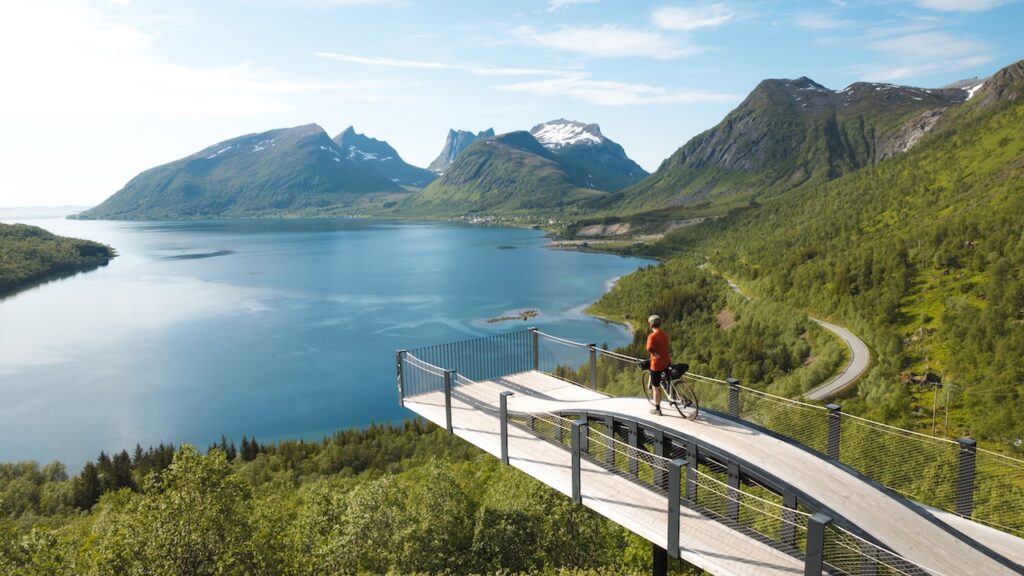
10 ting du trenger å vite om sykling på Senja
Hvis Lofoten er et polert eventyr, er Senja den gamle myten bak - mørkere, dypere og mektigere. Atmosfæren
Drømmen om en sykkeltur - Norges legendariske 2000 km lange EuroVelo 1-rute til Nordkapp, det nordligste punktet i Europa.
Opplev grusveier i verdensklasse som Mjølkevegen, Aursjøvegen, Rallarvegen og Tusenmeteren - bare for å nevne noen!
Det er enkelt å navigere i den norske sykkellogistikken, fra forbudte tunneler til sykler på offentlig transport og alt derimellom.
Bli med i samtalen, få kontakt med andre syklister, og sykle med støtte fra et likesinnet fellesskap
18. desember - Nytt (Gratis brukertilgang)
13. desember - Nytt (Fri tilgang)
Regjeringen trekker ut finansieringen av Tour of Norway
10. desember - (Fri tilgang)
Cycle Norway har brukt den siste måneden på å oppdatere landets mest kjente langdistanseguide. Finn ut hva som er nytt...
7. Desember - (Fri tilgang)
De beste arktiske øyene i verden å sykle på ... og her er hvorfor ...
4. Desember - (Fri tilgang)
Det er stor forskjell på sosiale medier og virkeligheten. Noen av disse vil kanskje overraske deg.
27. november - (Gratis brukertilgang)
Hvorfor Oslo har så mye å by på for besøkende som opplever byen på sykkel
25. november - (Fri tilgang)
På et knapt tiår har Norge gått fra å være en etternøler innen sykkelsporten til å bli et av de mest kompetente og velutformede stedene å sykle i hele verden.
22. november - (Fri tilgang)
Les historien om en vei som ble bygget mellom 1900 og 1916, men som bevisst har blitt glemt.
17. Nov - (Medlemmer)
Den avsidesliggende halvøya mellom Bergen og Ålesund er en drøm for syklister.
14. november - (Fri tilgang)
Vi er glade for å kunngjøre at RidewithGPS vil sponse oss i 2026 og bidra med nye avanserte funksjoner til rutene våre
11. november (Fri tilgang)
Glem museene og kunstgalleriene. Hopp på sykkelen og ta turen til Oslos største attraksjon som bare lokalbefolkningen besøker.
Youtube 01.10.25
Oslo Cycling Week bød på syv dager med arrangementer i byen, skogene og fjorden - og Cycle Norway var på plass for å forevige begivenhetene.
Norge er et fantastisk land som best utforskes på to hjul, men det er ikke alltid like lett. Tunneler, fjorder, fjell og uforutsigbart vær kan gjøre sykling her til et skikkelig eventyr. Derfor har jeg opprettet Cycle Norway, for å hjelpe deg med å planlegge, holde deg trygg og få mest mulig ut av reisen din. Studer nettstedet, bli inspirert, og bli med i vår samfunnet for den ultimate sykkelopplevelsen.

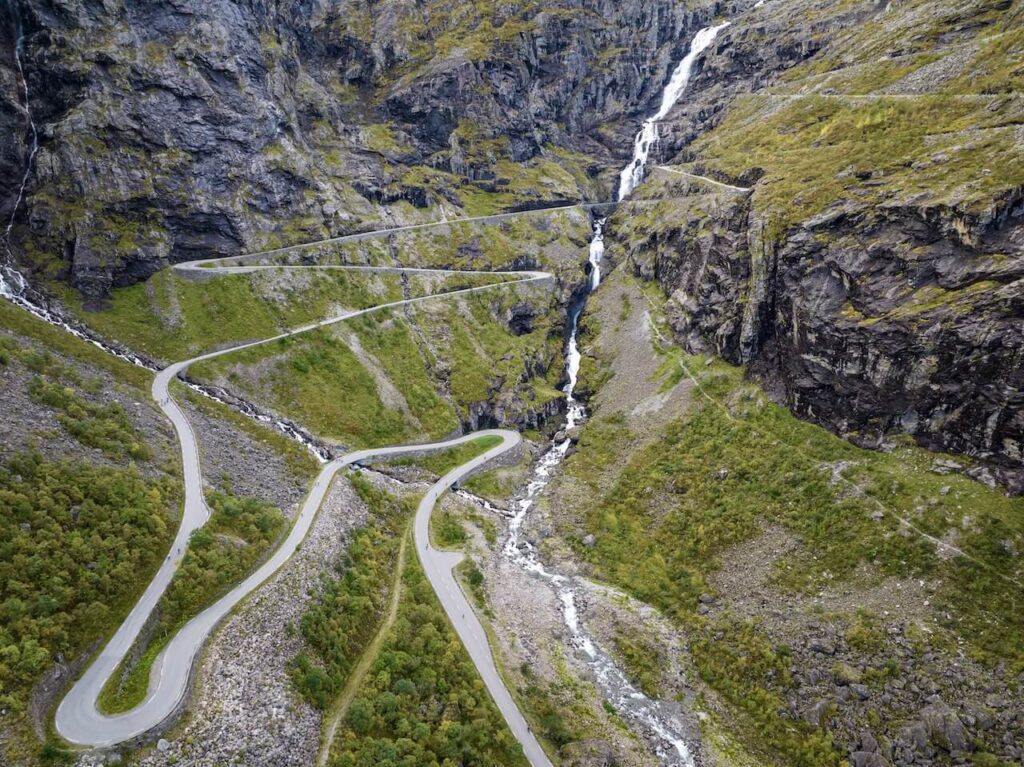



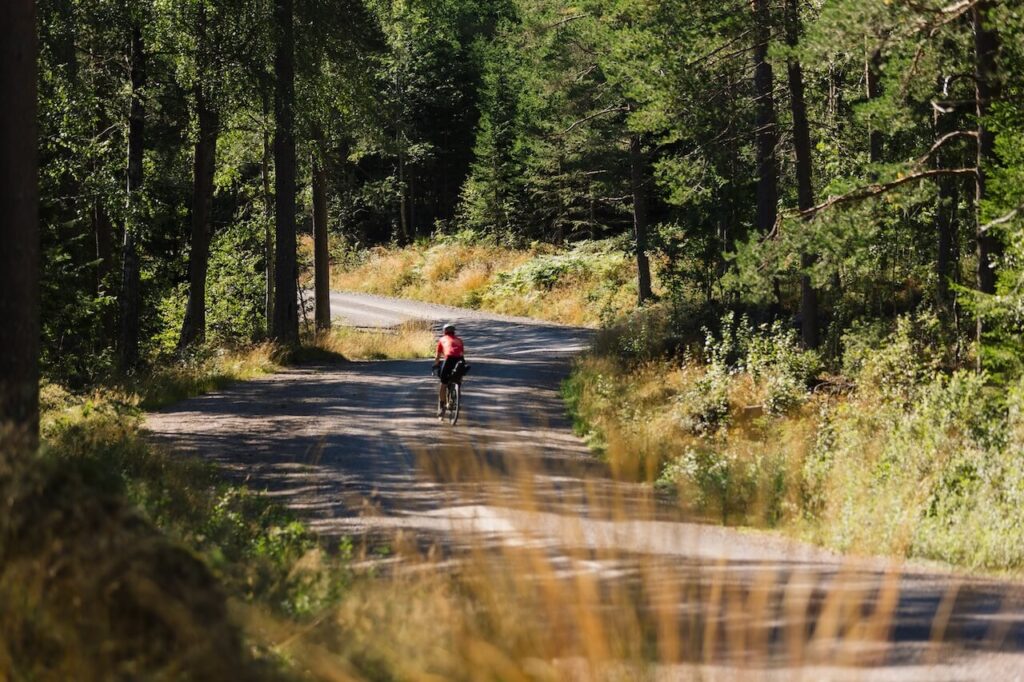



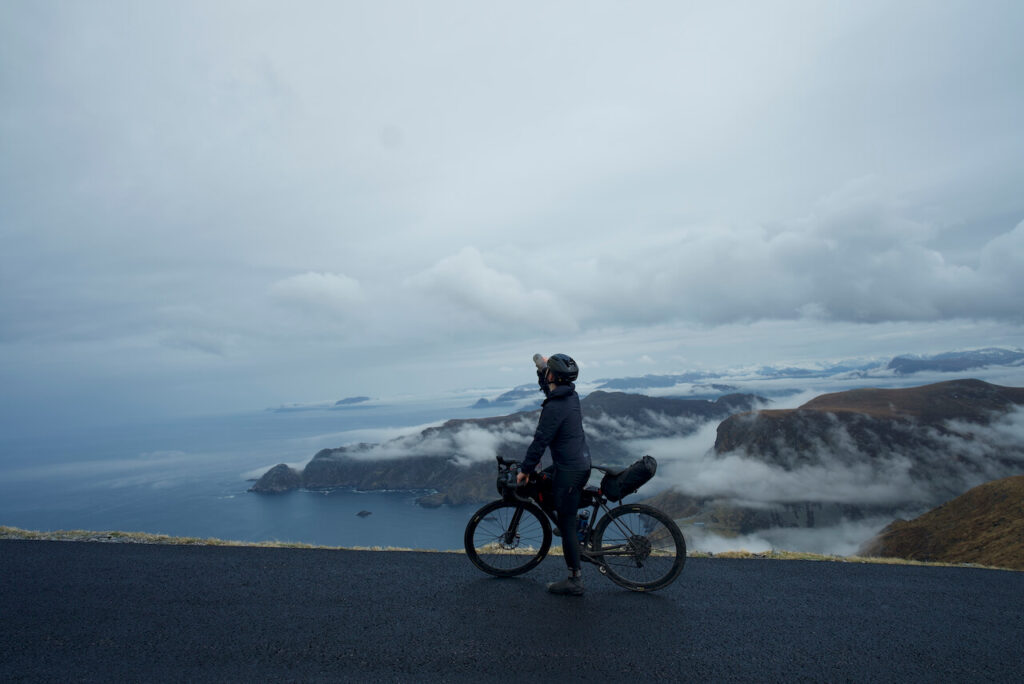

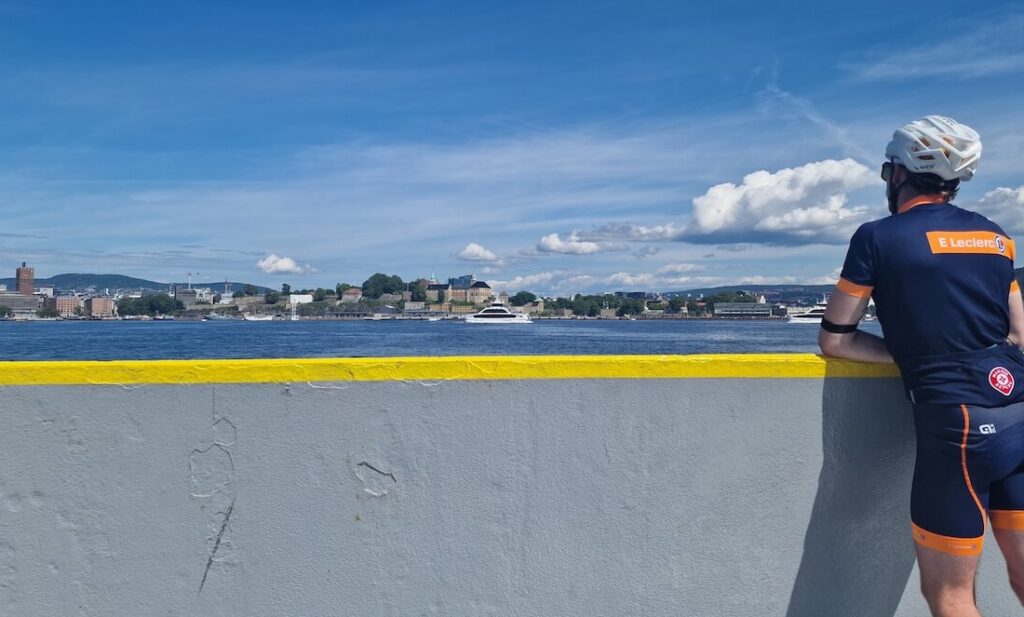





Tenker du på å sykle i Norge, men er usikker på hvor du skal begynne? Kanskje har du allerede planlagt en rute, men ønsker at en ekspert skal gå gjennom den og peke på eventuelle problemer eller forbedringer.
La Norges ledende sykkelturismeekspert lage en uavhengig rute og reiserute som er skreddersydd til dine spesifikke behov.
Som Facebook, men bedre - få kontakt med andre syklister, bli med i grupper og start eller delta i fora - en uunnværlig ressurs for reisen din.
Alt det praktiske for et sykkeleventyr i Norge, fra forberedelser før turen til hvordan du tar deg rundt i Norge.
Når vi går inn i sesongens siste måned, må vi regne med at det kan bli kaldt på høye fjelloverganger, og at det kan komme snøfall. Se her

Hvis Lofoten er et polert eventyr, er Senja den gamle myten bak - mørkere, dypere og mektigere. Atmosfæren
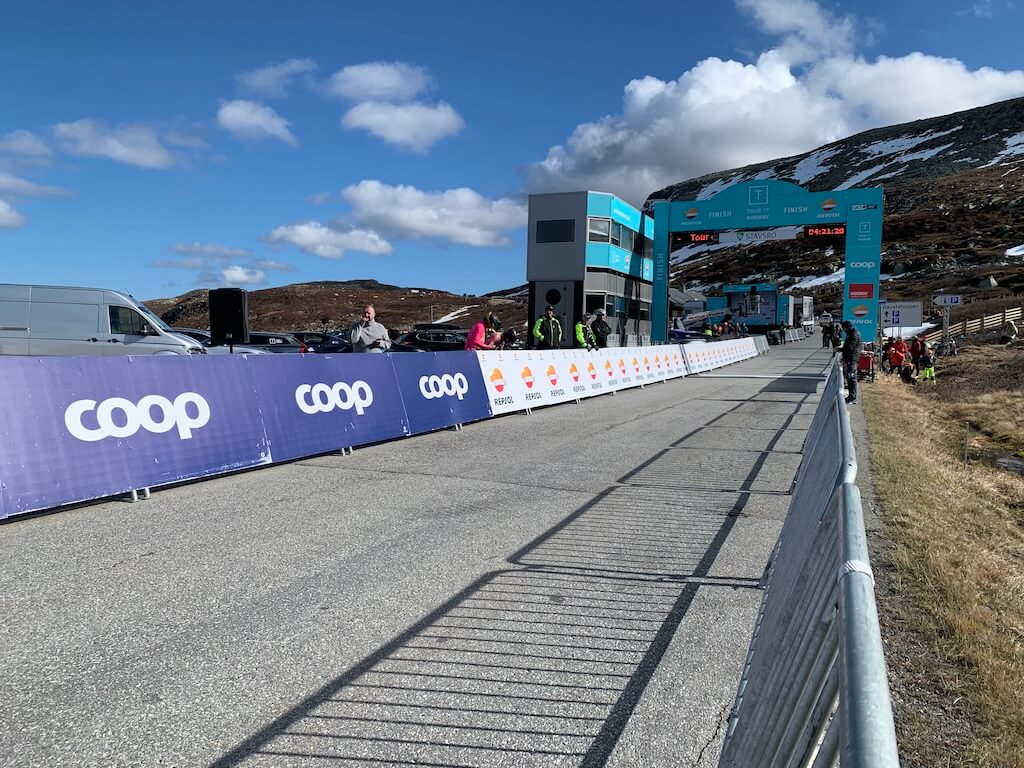
Jeg kan tenke meg at de fleste utenfor denne lille, men mektige nasjonen aldri har hørt om Tour of Norway. Det

Første gang jeg syklet fra Bergen til Nordkapp hadde jeg absolutt ingen anelse om hva jeg holdt på med. Det var sommeren 2020.
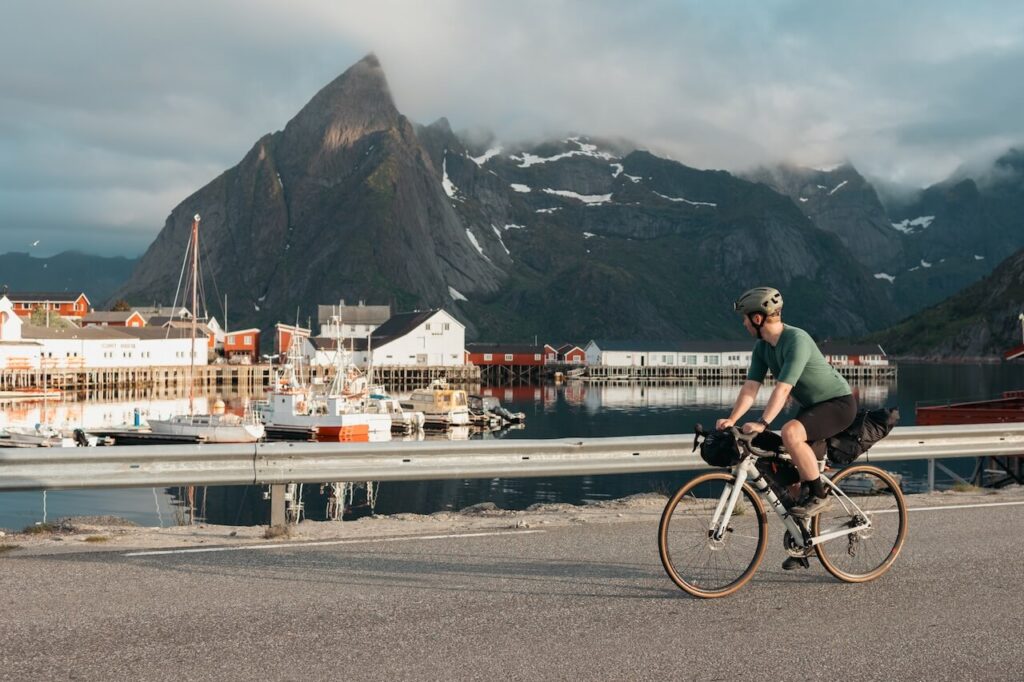
Å sykle i Lofoten er en drøm som selges gjennom glansbilder: tomme veier, midnattssol og fjell som faller rett ned i det turkise havet.
3 måneder
12 måneder
Vi er takknemlige for støtten fra våre sponsorer og andre organisasjoner. Hvis du er interessert i å presentere produktet ditt for et globalt publikum av syklister eller representere en medieorganisasjon - ta kontakt med oss
ikke-påtrengende, og tilbyr informative nyheter, blogginnlegg, videoer og mer.